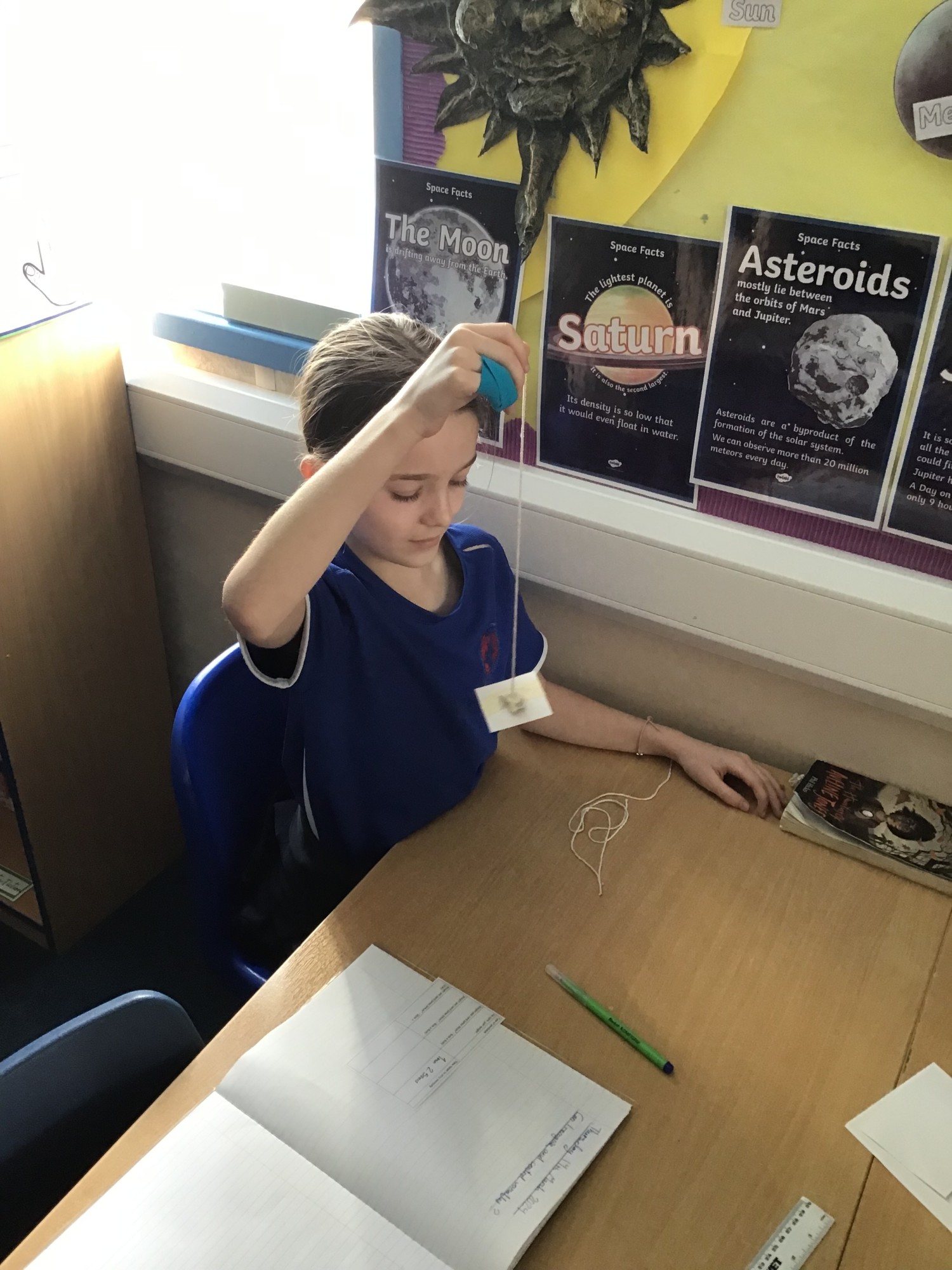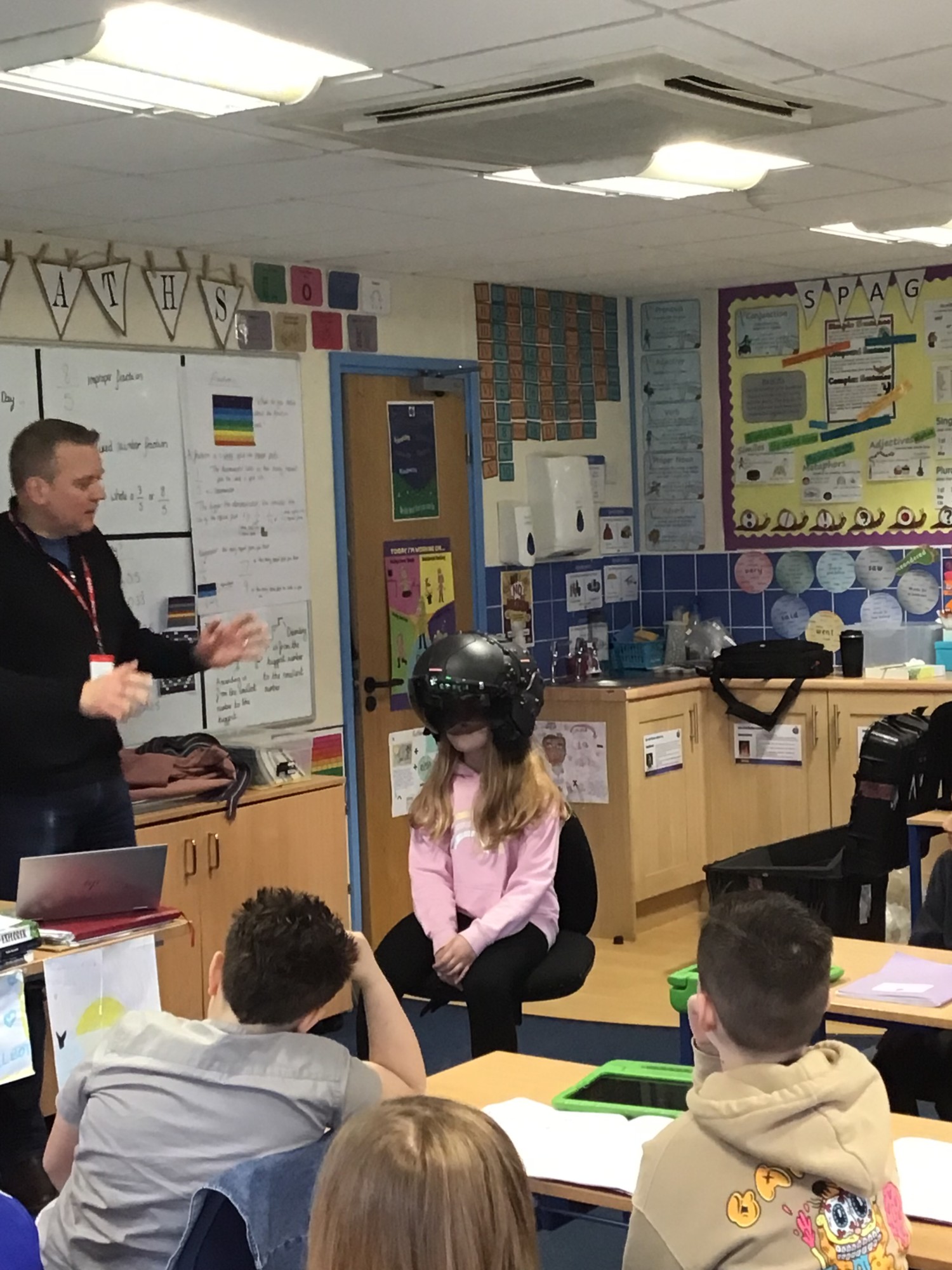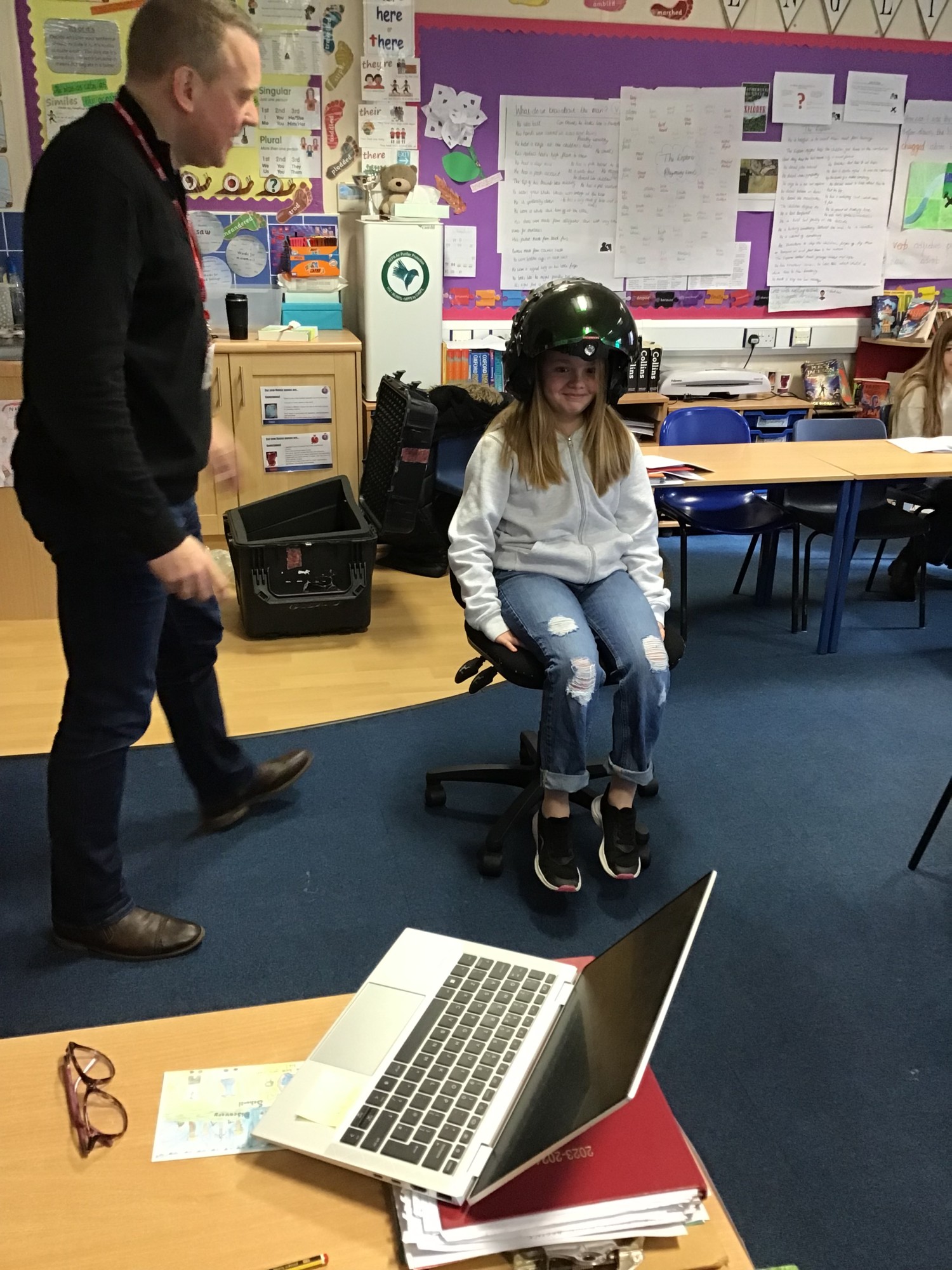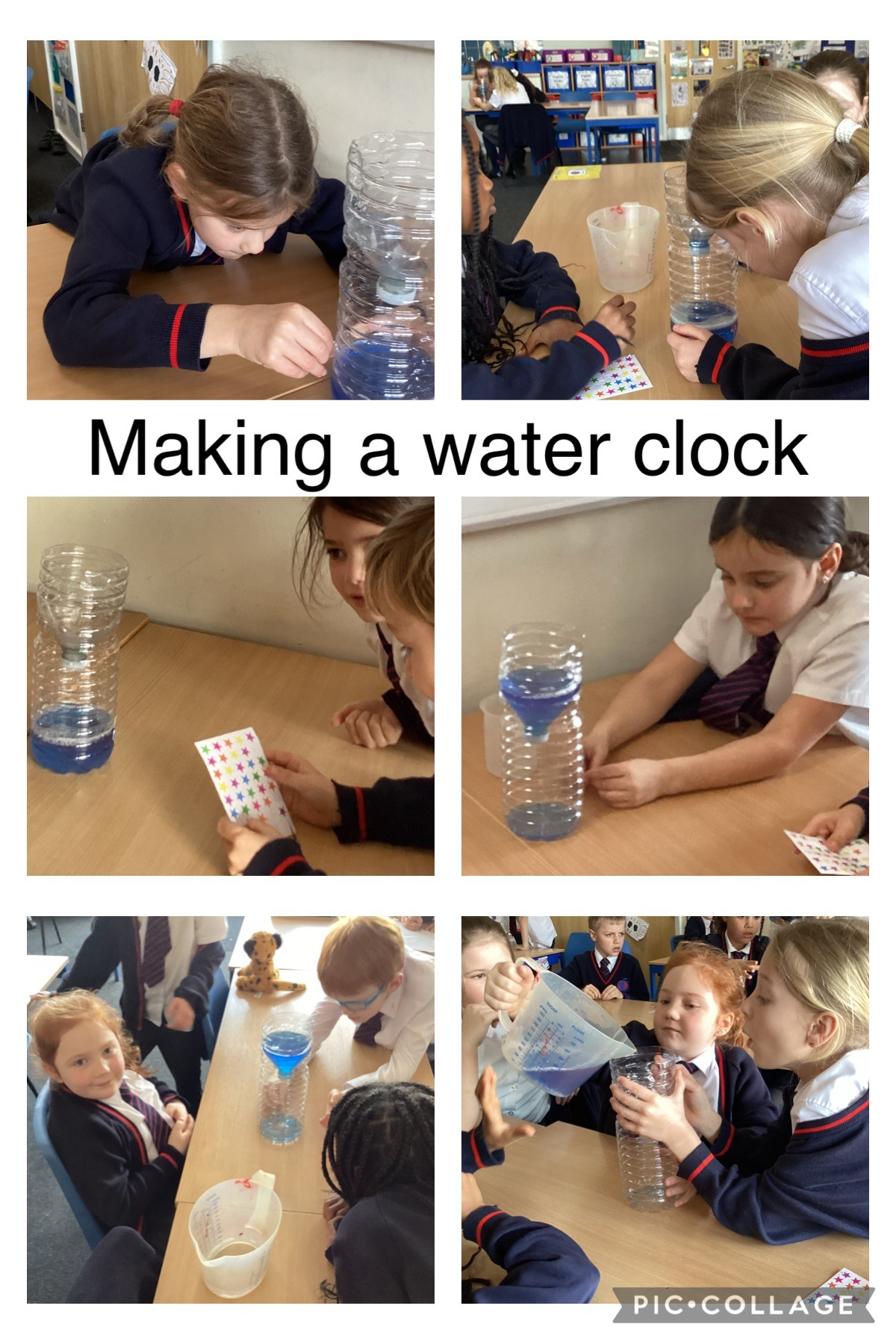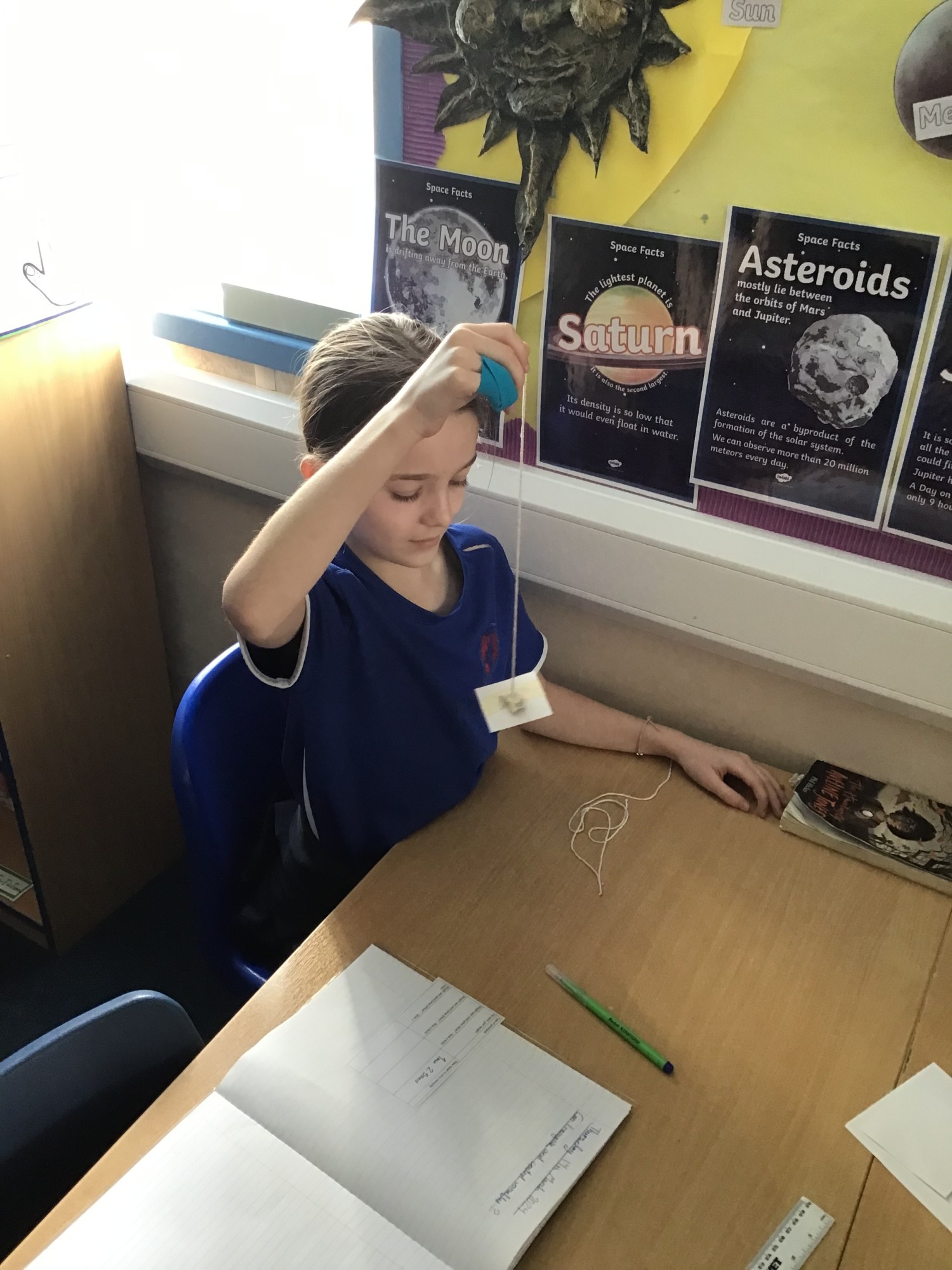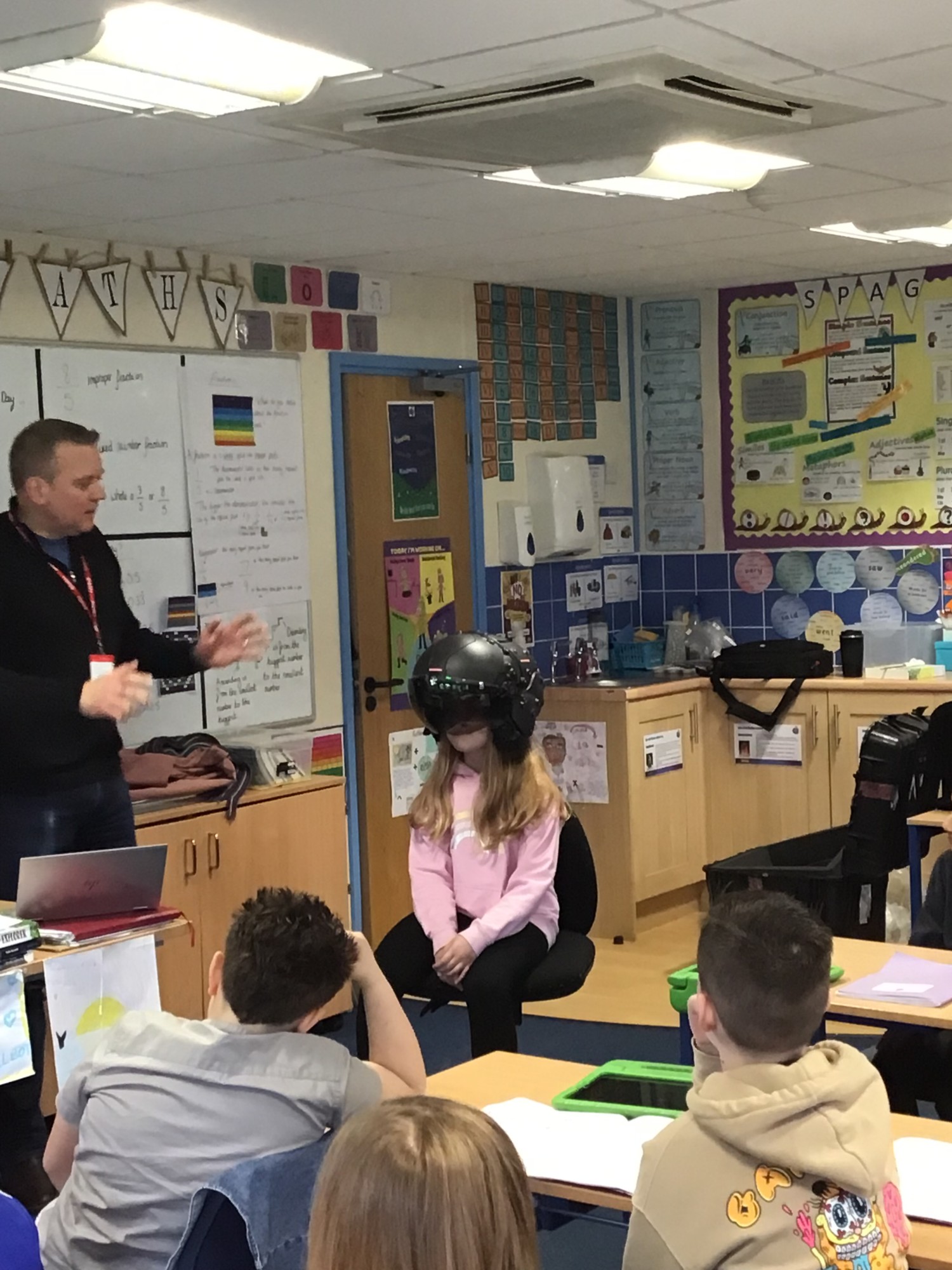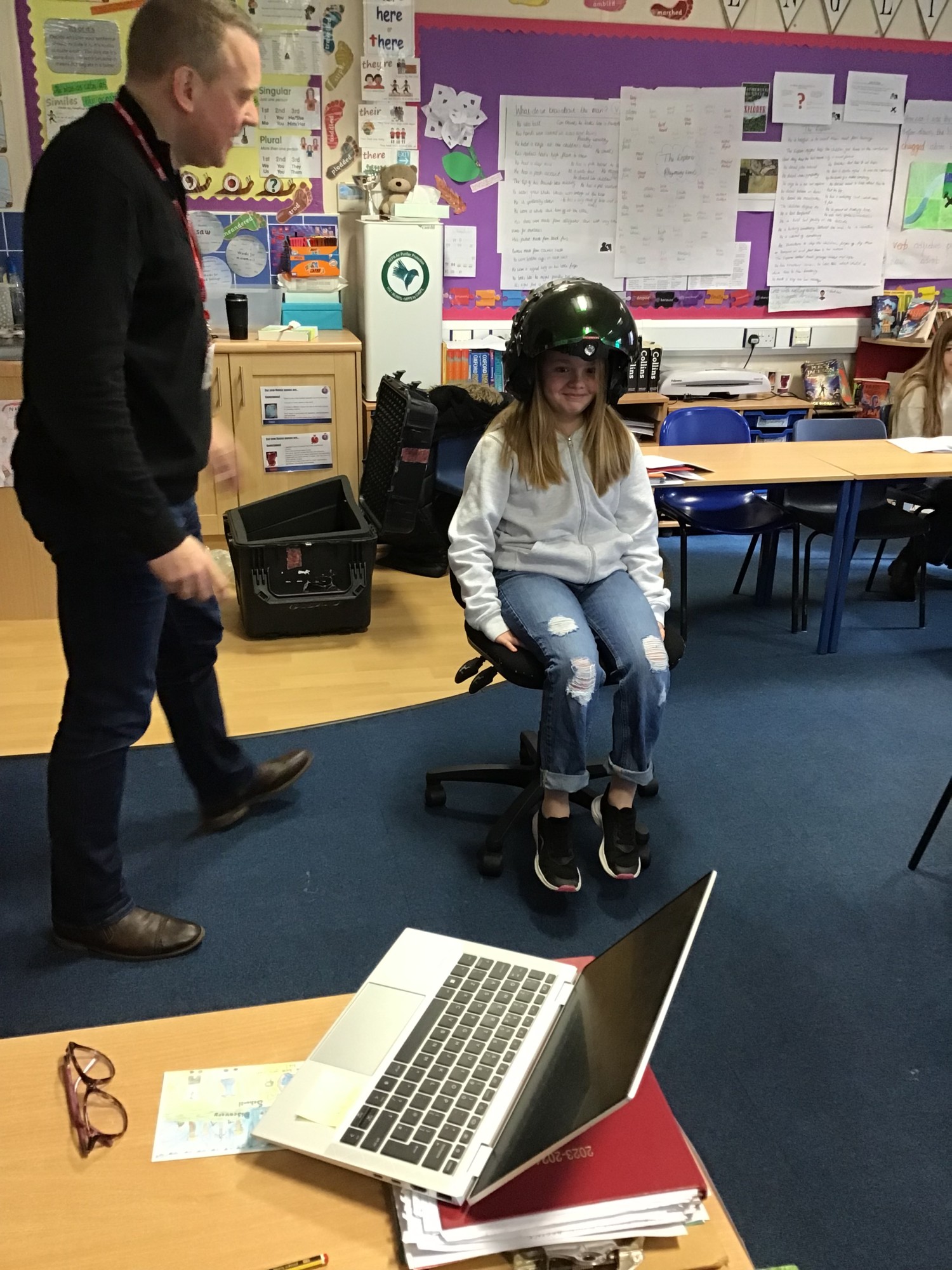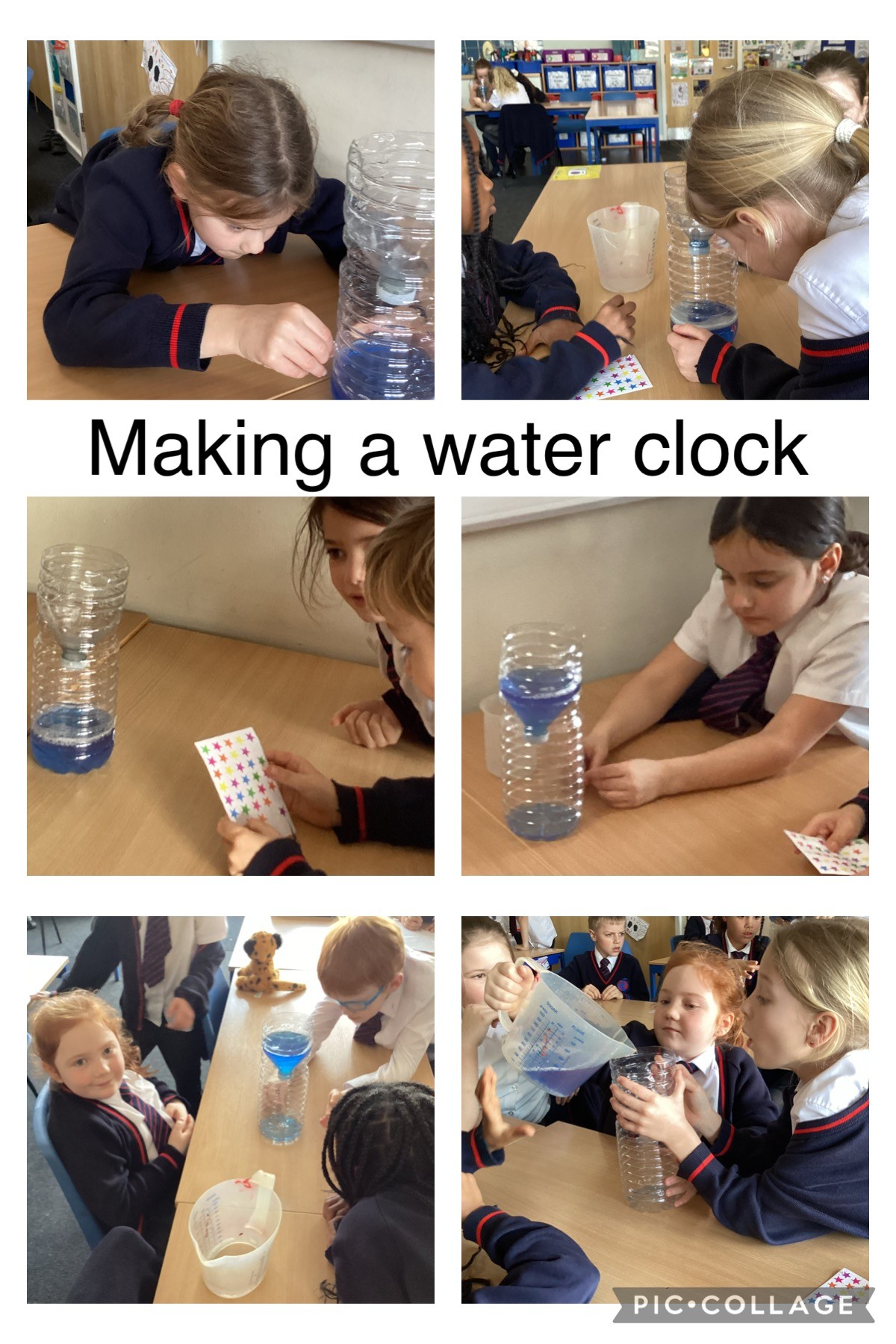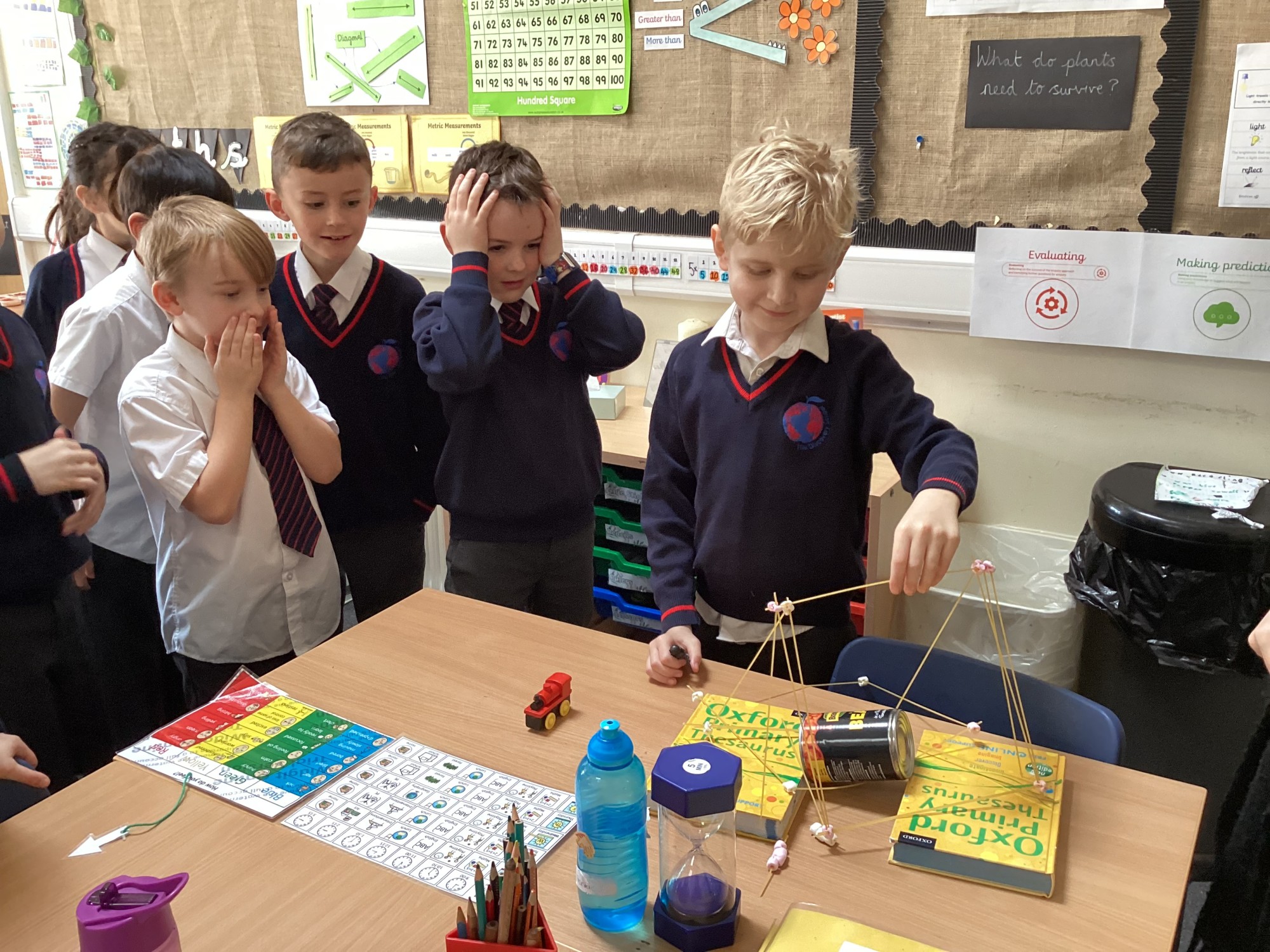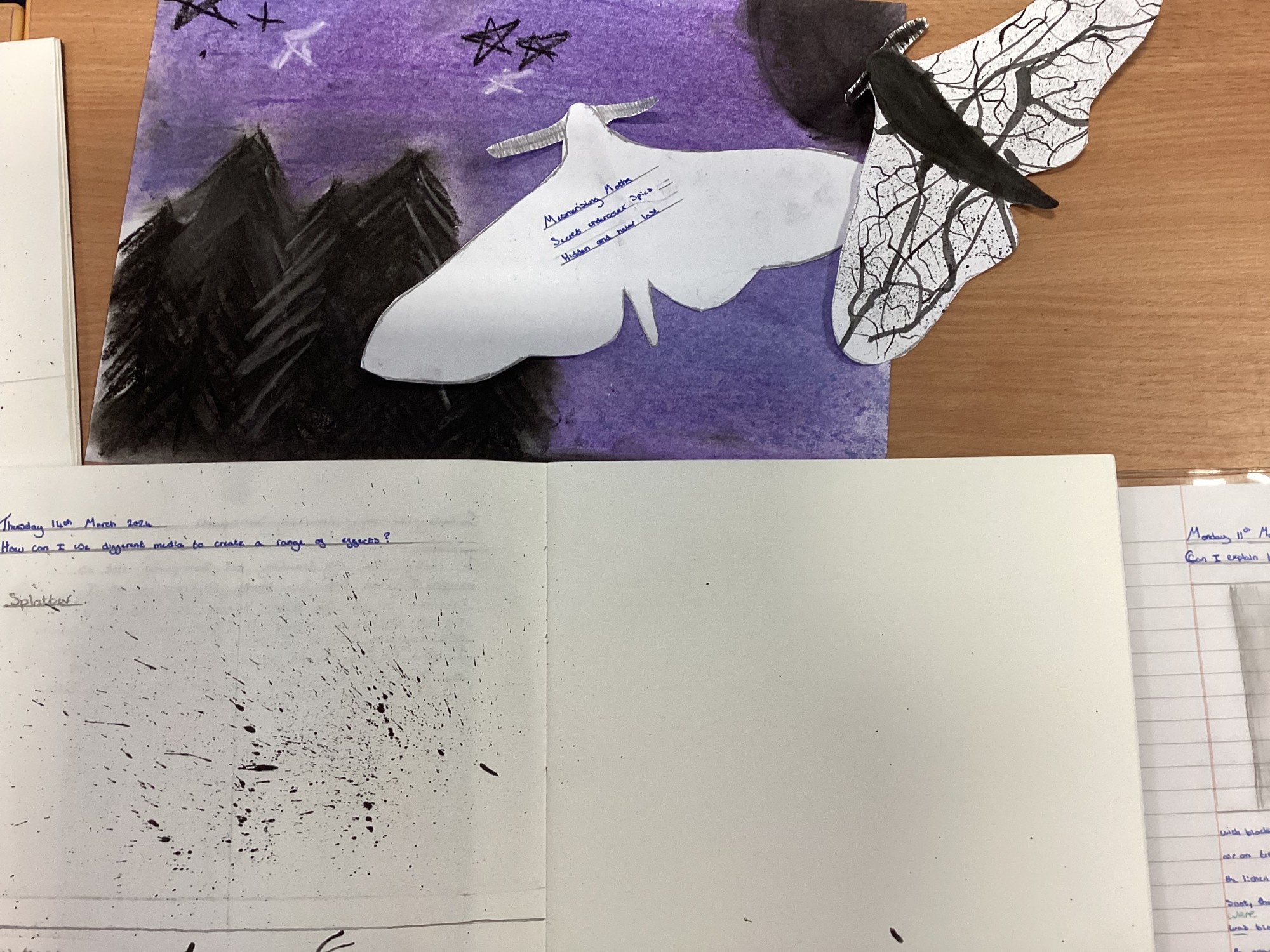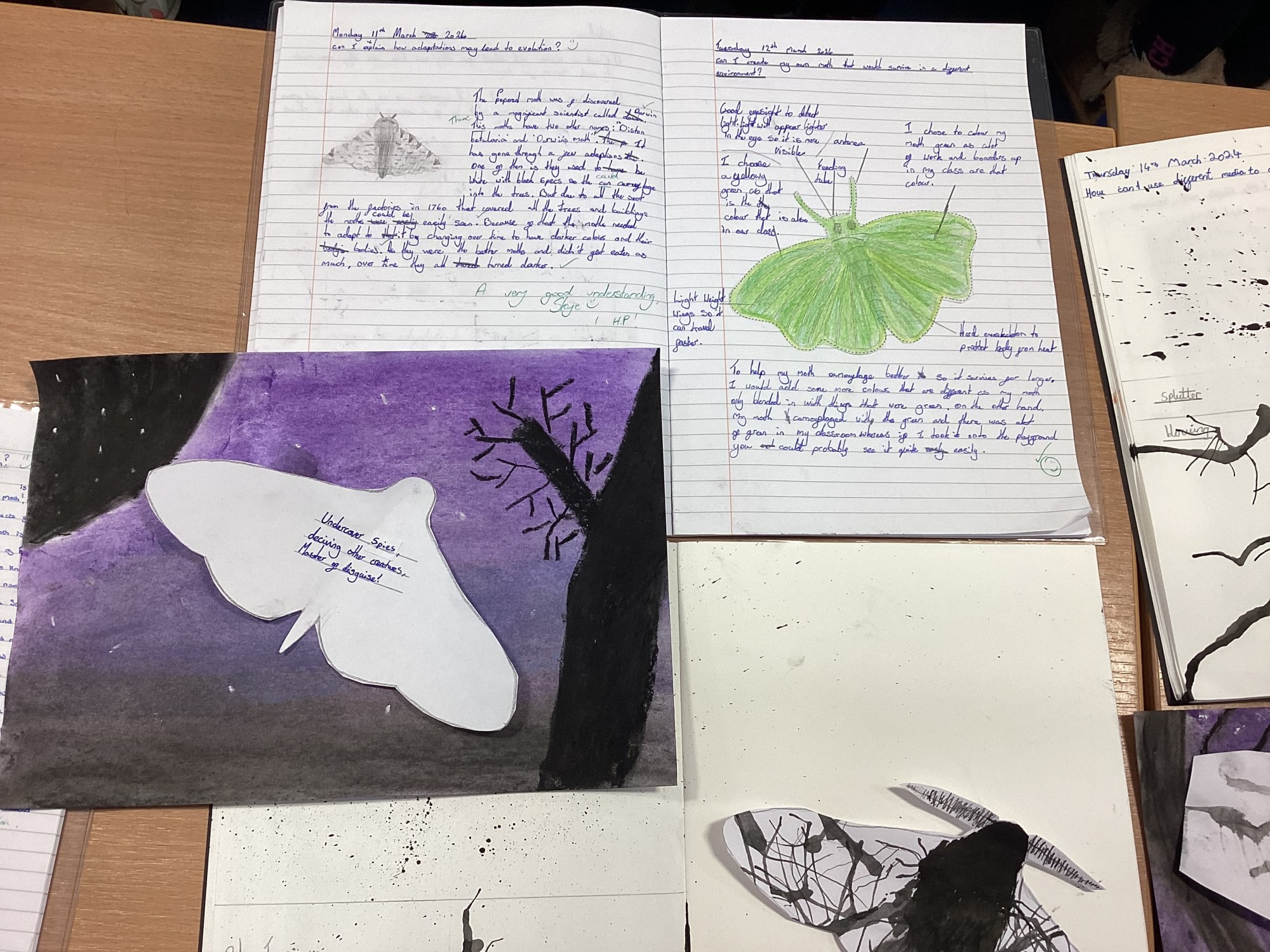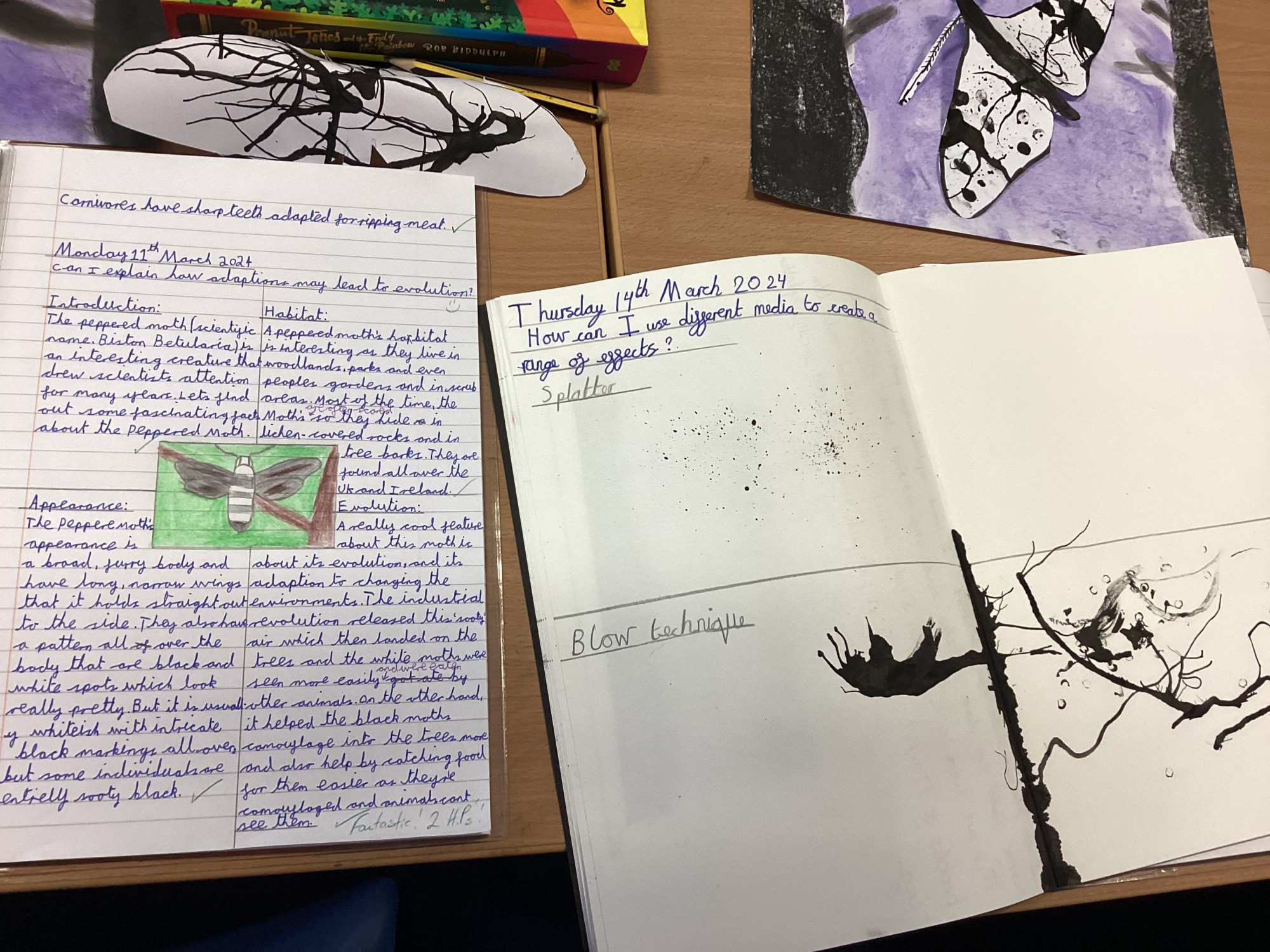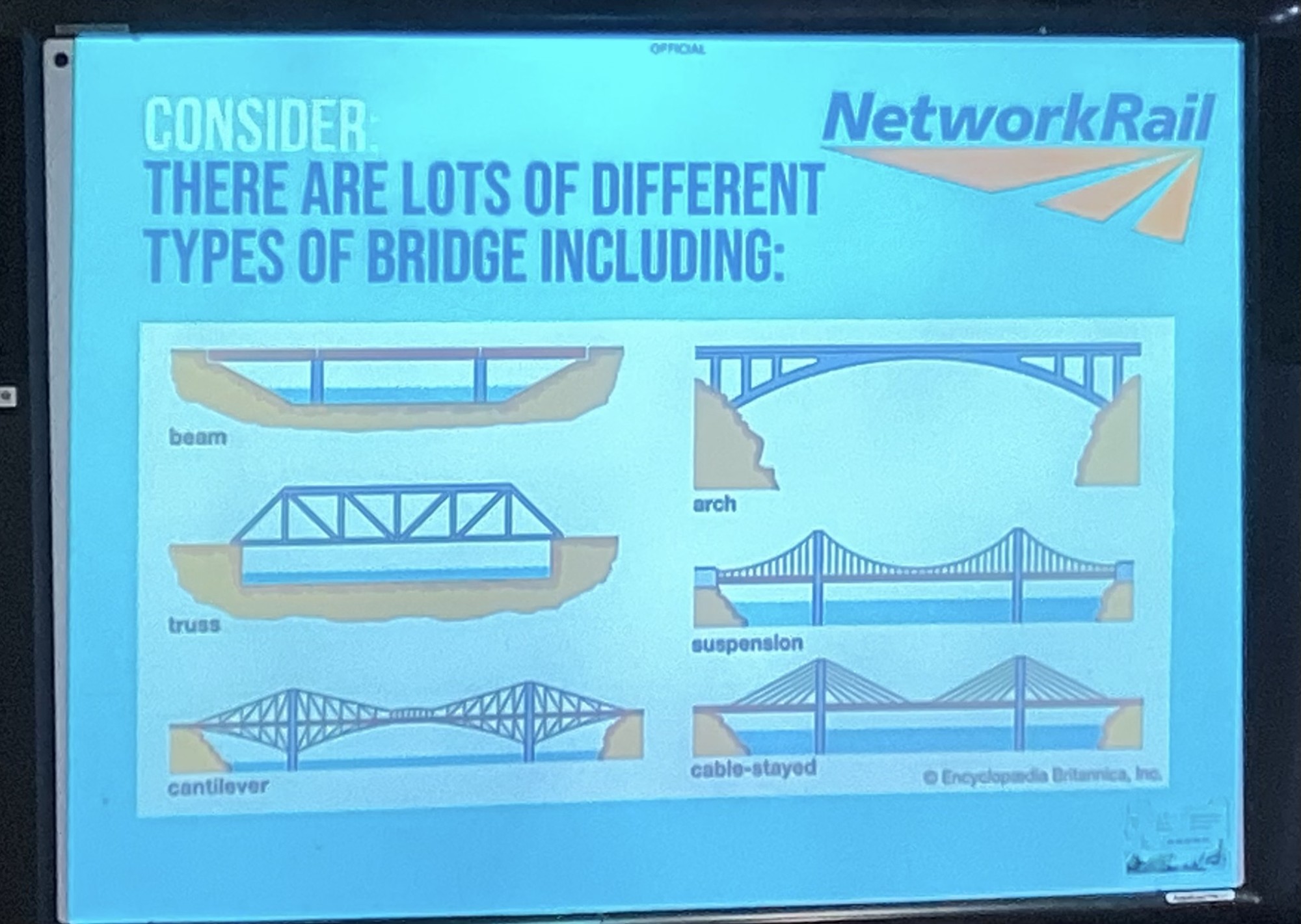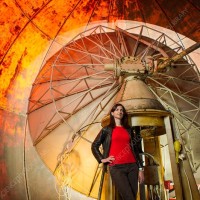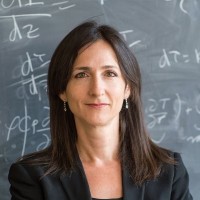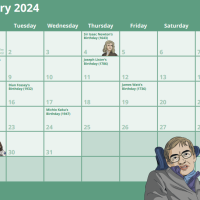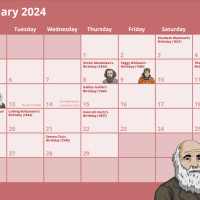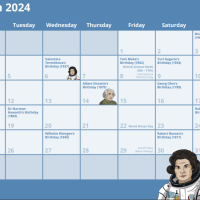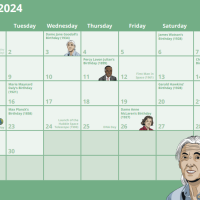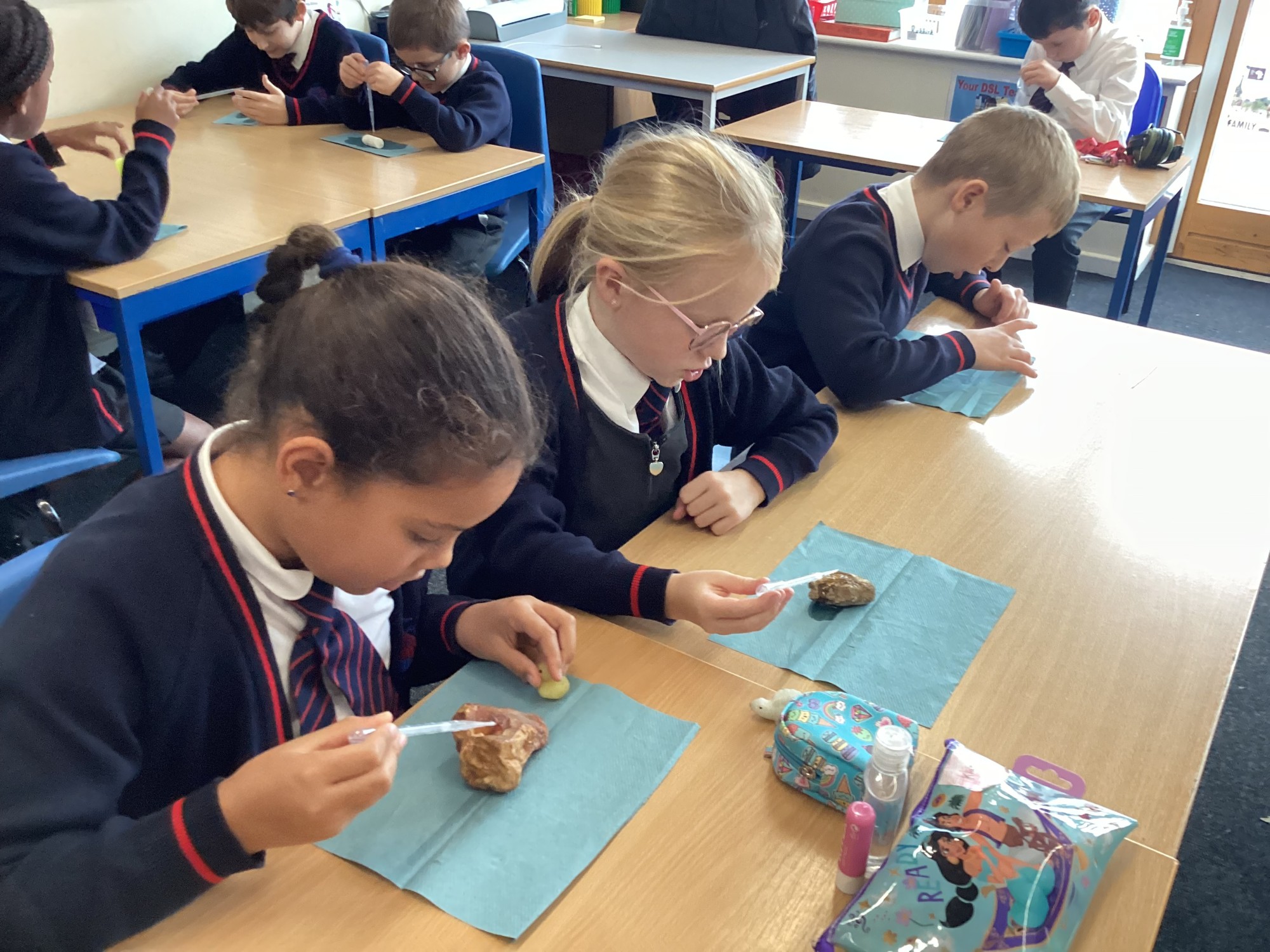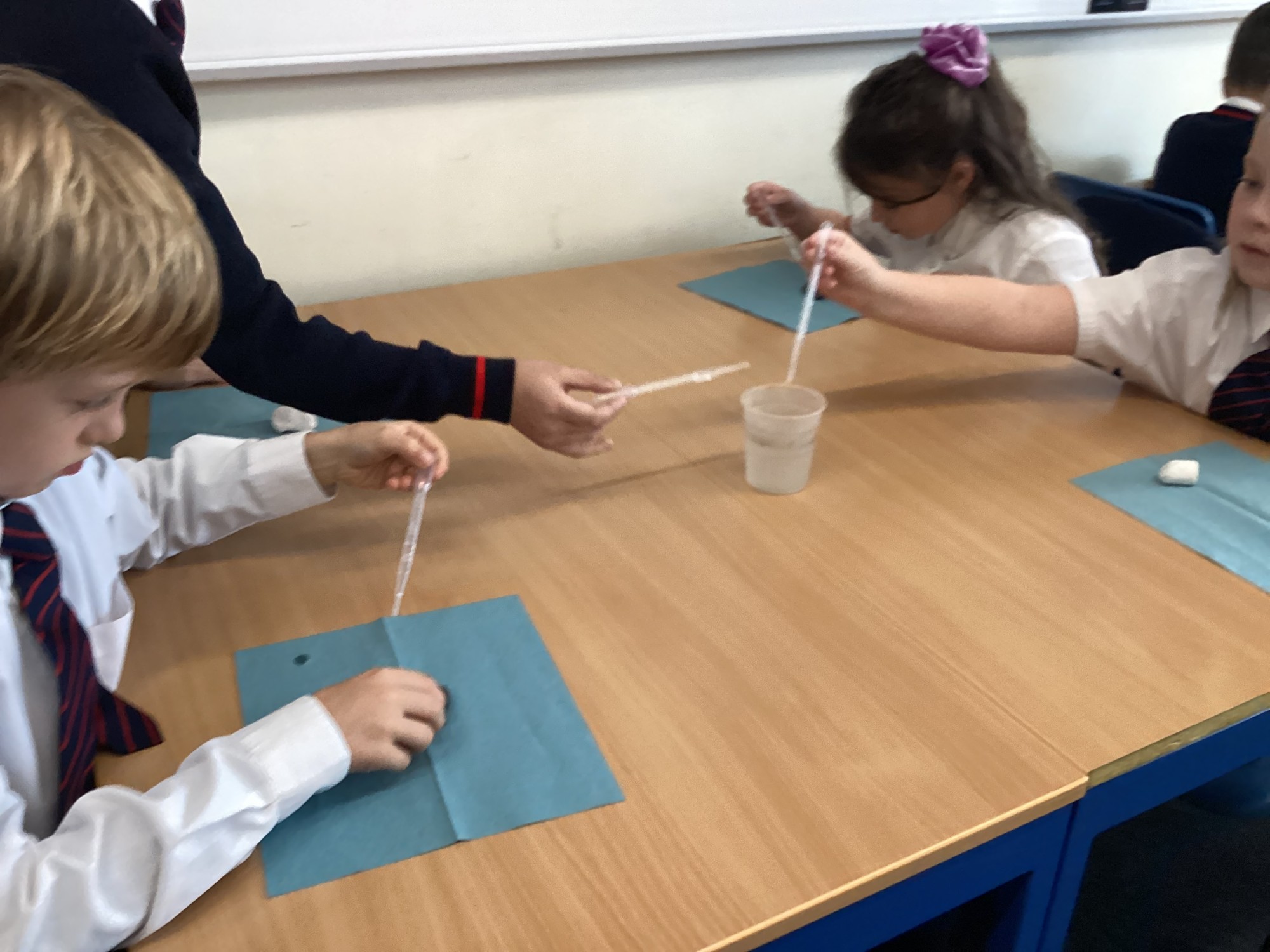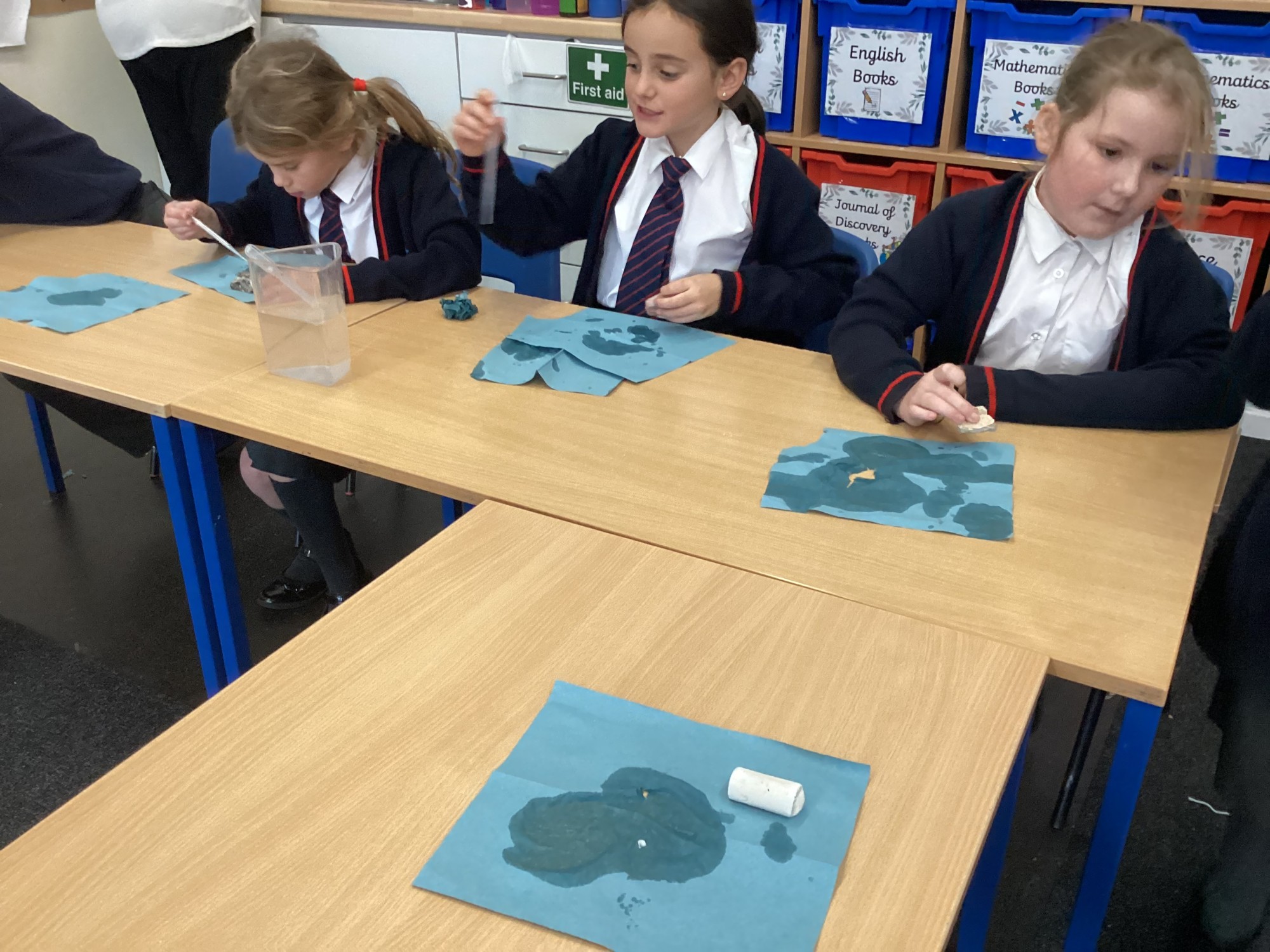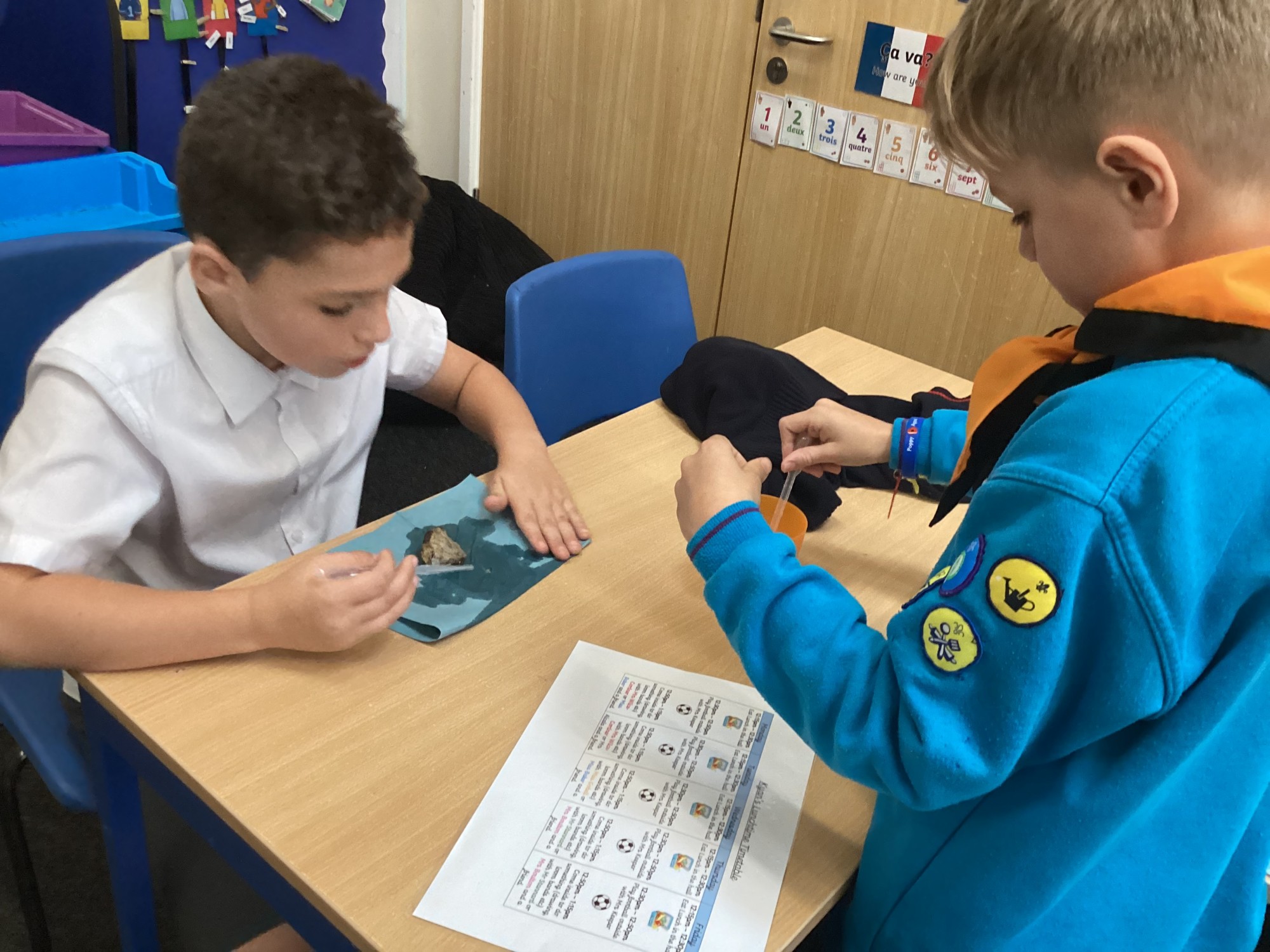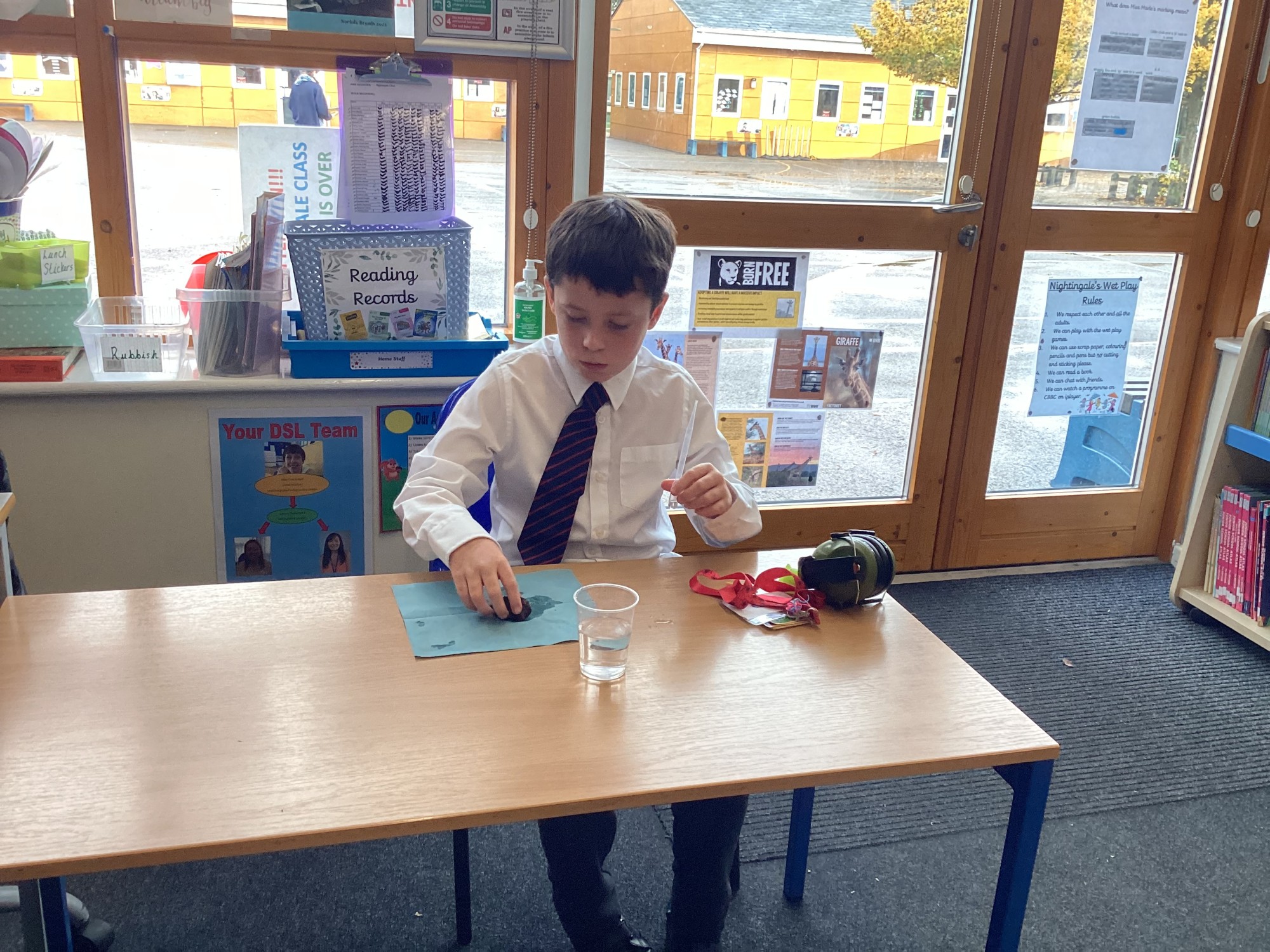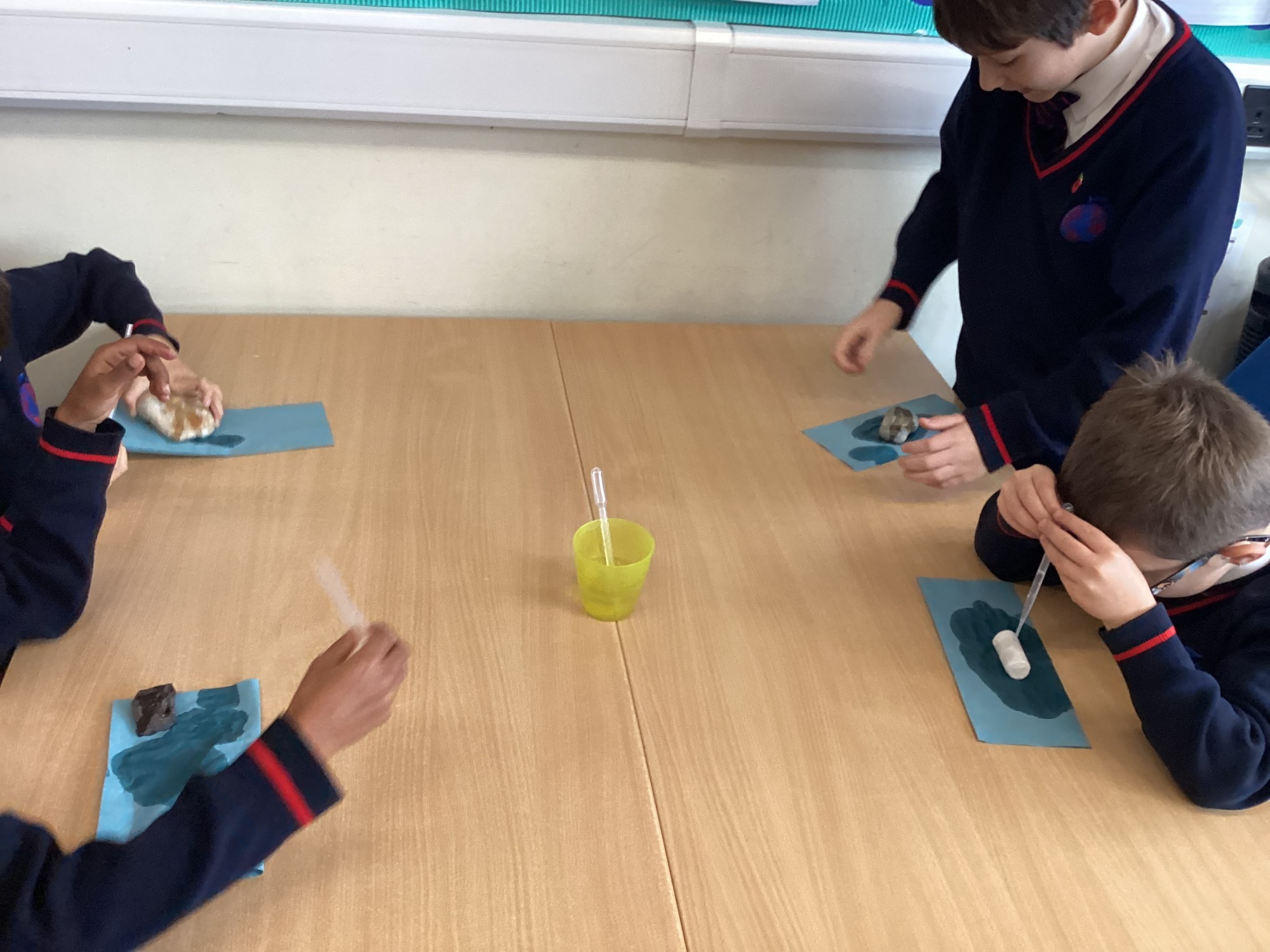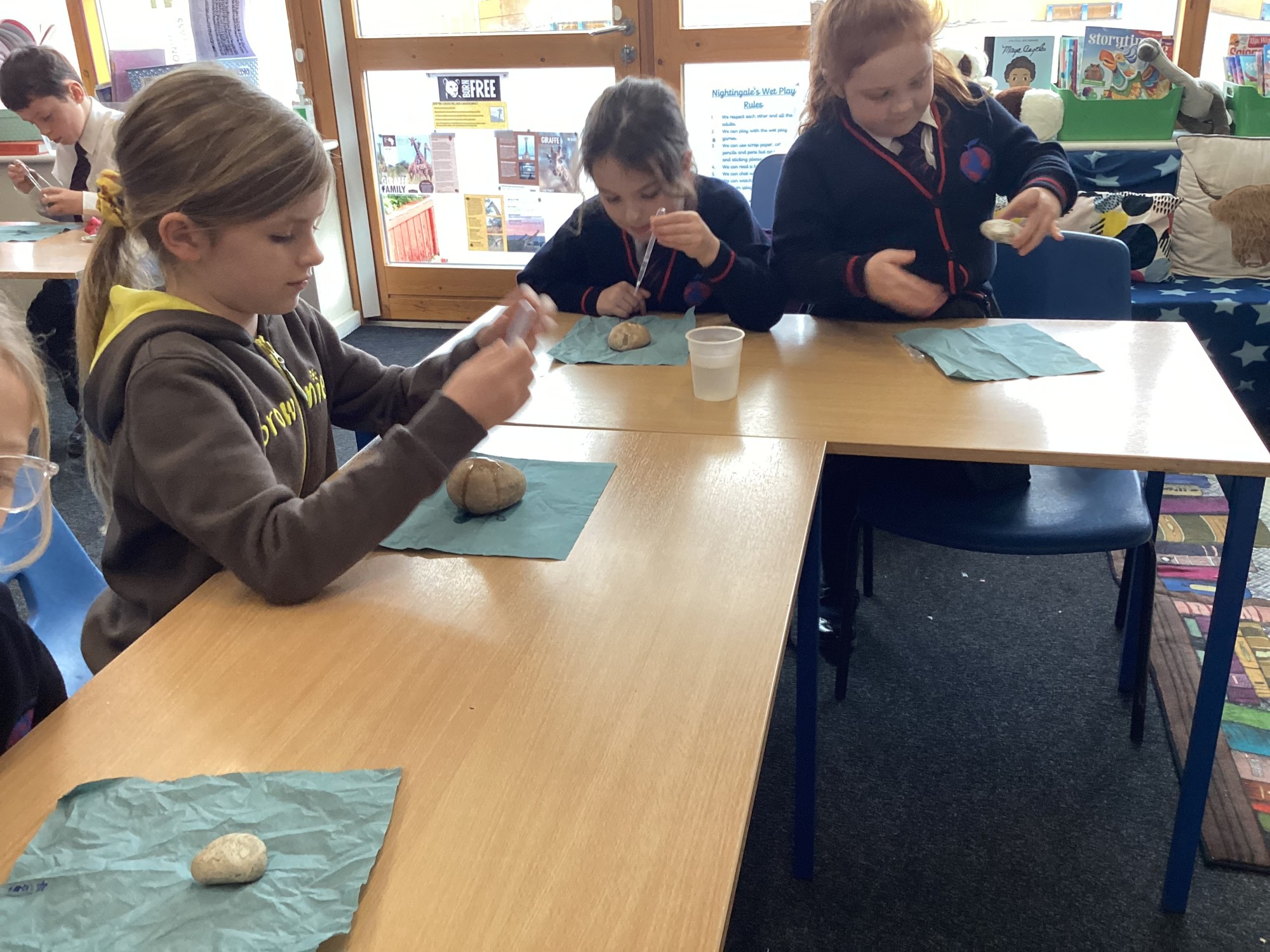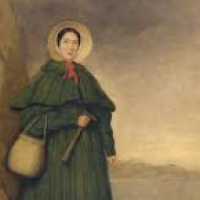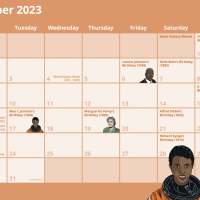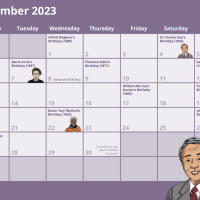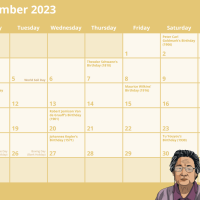Science Zone
Welcome to the Science Zone!
At The Discovery School, we love exploring, experimenting and enquiring. The Science Zone is the place where we share our love of science.
We thought your families would like to join in the fun too, so on this page, you will find experiments for you to try at home (with the support of an adult). Remember to take photos of your super science and email them to one of the science team so that we can share your brilliant work with the world!
*If you or one of your family members does not want their picture on the website, please share your work with us in another way, perhaps print a photo off at home and bring it into school.*
Miss Charlton: acharlton@discovery.kent.sch.uk
Miss Dey: kdey@discovery.kent.sch.uk
British Science Week!
What an incredible celebration of science and the STEM industries we enjoyed during British Science Week, culminating in a whole-school science showcase!
Across the school, we covered a huge range of topics related to time. From the metamorphosis of invertebrates to moth adaptation and the structure of our brains to structurally sound bridges, our science learning was as inspiring as it was important.
One of the exciting additions this year, was that we invited parents who work or have an interest in STEM to present to us so that we can see science and STEM in real life! We had parents who work on trains and tracks, on submarines and even on fighter jets. Thank you to all parents who came to visit us, we appreciated it so much!
Scientist of Term 3 and 4 - Sara Seager
"We want to be a light in somebody else's sky. And so long as we keep looking for each other, we will never be alone."
Sara Seager, an astronomer and planetary scientist at MIT, has been a leader in seeking new exoplanets (planets outside our solar system) and in analysing their atmospheres for signs that life—or its precursors—are present. She has received a MacArthur Fellowship (also known as a Genius Grant) and numerous other awards, and is featured in the documentary The Hunt for Planet B (2021). Today, around 4,576 exoplanets have been found, and researchers are examining them to find planets that support life—or that might even resemble Earth.
(https://daily.jstor.org/eight-women-astronomers-you-should-know/)
Celebrating Science: What's happening in Term 3 and 4?
Take a look at the special days. When does your favourite scientist celebrate their birthday?
Term 2 - Our Super Scientists this term are...Year 3!
Having teachers on the Science Team means that in Year 3, we carry out lots of exciting, scientific investigations! This term we have been learning about rocks, soils and fossils. In order to find out more about the different types of rocks and their uses, we carried out an investigation to find out which types of rock are hard, which are soft, and which are permeable and impermeable. We were given pipettes, water, blue paper towel and a selection of igneous rocks, metamorphic rocks and sedimentary rocks to carry out our investigation. We used our scientific skill of observation to look closely at our findings. We found that:
- Sedimentary rocks are the softest, chalk is a good example of this.
- Metamorphic and Igneous rocks are hard, marble and granite are good examples of these.
- Lots of the sedimentary rocks we had were permeable, meaning that they have tiny holes which the water could travel through.
- The metamorphic and igneous rocks that we had were impermeable, meaning that they didn't have tiny holes and the water dripped off of them on to the paper towel.
Scientist of Term 1 and 2 2023-24 - Mary Anning
“We need to ask ourselves what are we here for and what have we worked so hard to be here for.”
Mary Anning was born in the seaside town of Lyme Regis, Dorset, UK, in 1799. Although her parents had ten children, only Mary and her brother Joseph lived to adulthood. It’s said Mary had a lucky escape when she was a baby. The lady holding her was struck by lightning. Miraculously, little Mary survived. Phew!
Mary made many lots of exciting discoveries in her life, such as a flying reptile, later named the Pterodactyl, and coprolites – fossilised poo – which helped her work out what dinosaurs ate! Having taught herself geology, anatomy and scientific illustration, Mary was so highly skilled that she took important scientists fossil hunting and discussed ideas and theories with them.
Mary died in 1847. Although she was well-known for her discoveries, Mary wasn’t taken seriously as a scientist in her lifetime because of her gender and poor background. Some of the male scientists she worked with claimed her findings as their own! But today, Mary is recognised as a pioneer in the field of palaeontology (the study of fossils) and is celebrated as the greatest fossil hunter of all time!
adapted from:https://www.natgeokids.com/uk/discover/history/general-history/mary-anning-facts/
Celebrating Science: What's happening in Term 2?
Have a look to see the special science days that you can celebrate at home!
Science at home
Can you carry out this creepy crawly investigation. If you do it, let us know how you get on!

